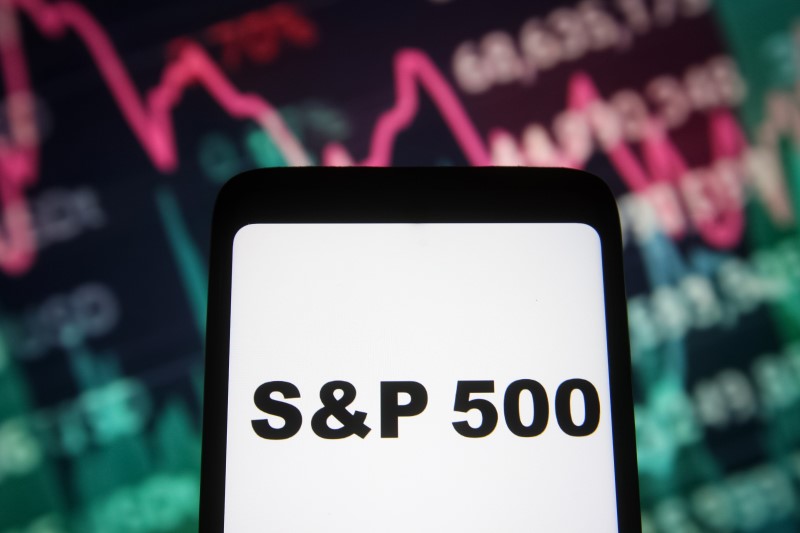The S&P 500 Positioned for a False Breakout Post FOMC – BTIG Analysis
Analysis from BTIG suggests that the S&P 500 is currently positioned for a potential false breakout following the latest FOMC meeting. The Federal Open Market Committee’s decision to raise interest rates, signaling a more hawkish stance on monetary policy, has prompted market uncertainty and volatility. While many investors were initially optimistic about the economic recovery and stock market rally, BTIG warns that caution is warranted as the market may have overextended itself.
One of the key indicators highlighted by BTIG is the technical setup of the S&P 500’s chart. The index has been trading in a range-bound pattern, with the possibility of a false breakout looming. A false breakout occurs when an asset’s price temporarily moves above a key resistance level but fails to sustain that upward momentum, resulting in a swift reversal to previous lows. BTIG’s analysis suggests that the S&P 500 is vulnerable to such a scenario post-FOMC, especially given the heightened market uncertainty.
In addition to the technical setup, BTIG also points to market sentiment and macroeconomic factors as potential drivers of a false breakout. The Federal Reserve’s decision to raise interest rates amid increasing inflationary pressures could dampen investor confidence and lead to a reevaluation of risk assets such as equities. Furthermore, geopolitical tensions and the ongoing pandemic remain sources of uncertainty that could further exacerbate market volatility.
BTIG’s analysis serves as a timely reminder for investors to exercise caution and remain vigilant in the current market environment. While the S&P 500 has enjoyed a strong rally in recent months, the potential for a false breakout underscores the need for risk management and a diversified investment strategy. By staying informed and prepared for various market outcomes, investors can navigate volatile periods with greater confidence and resilience.
In conclusion, the S&P 500’s position for a false breakout post-FOMC highlights the importance of monitoring key indicators, market sentiment, and macroeconomic developments. By remaining cautious and proactive in response to market dynamics, investors can mitigate risks and capitalize on opportunities in an ever-changing financial landscape.



